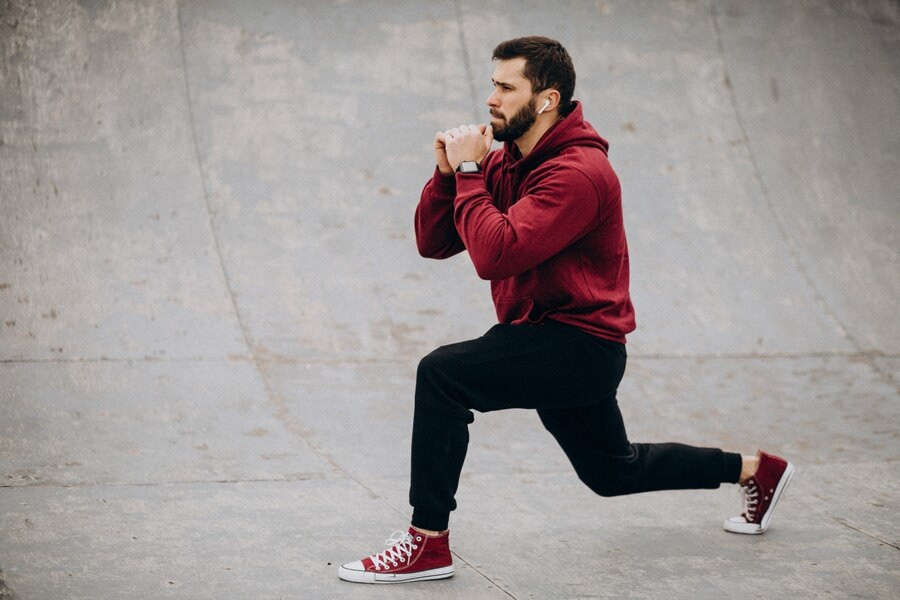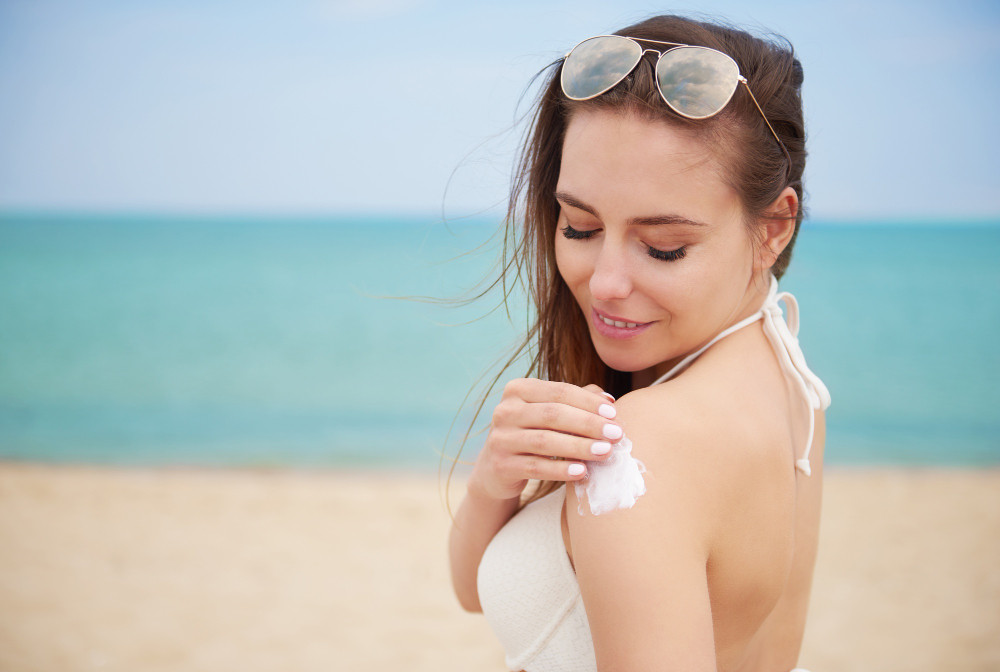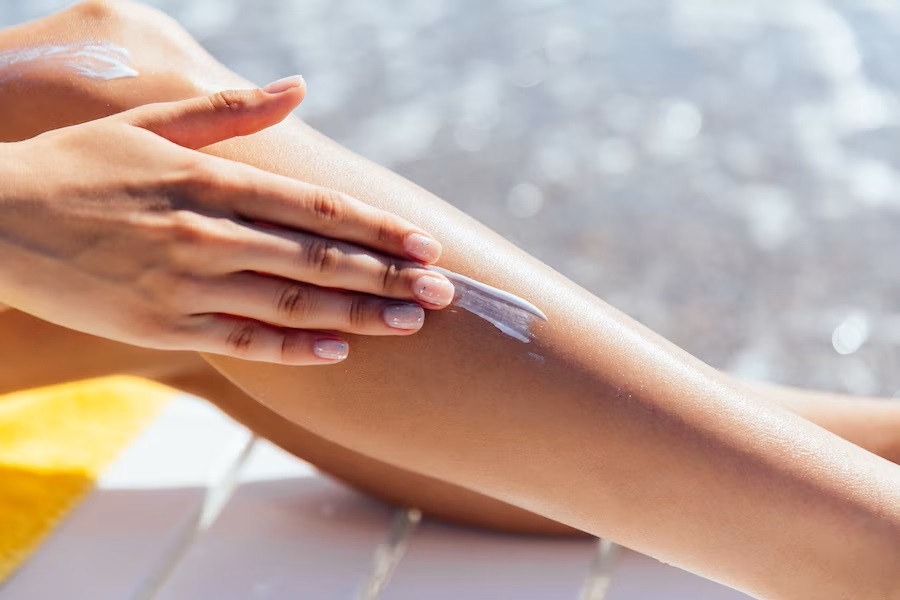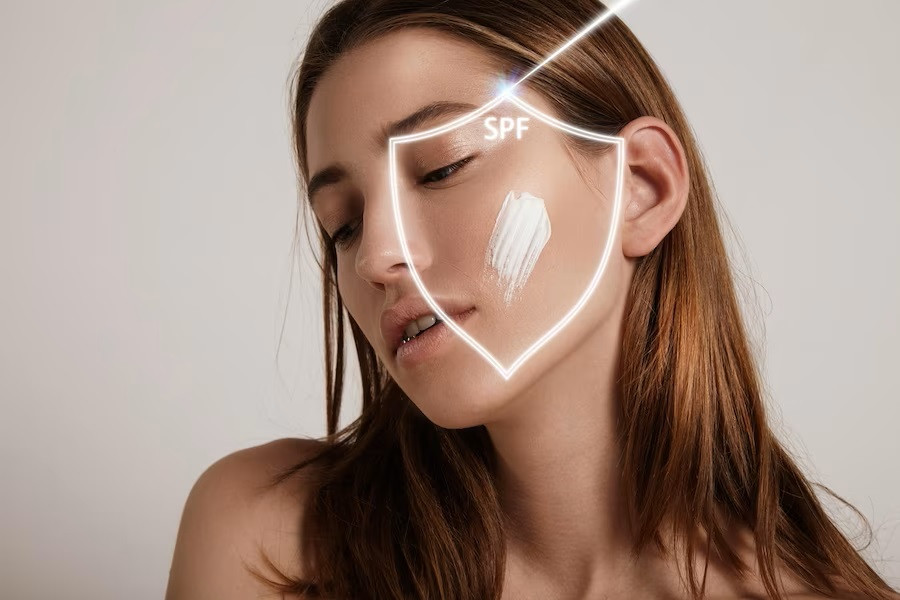Berolahraga secara rutin sudah diketahui memberikan manfaat positif bagi tubuh. Namun, ada hal-hal yang harus diperhatikan bila Anda berolahraga di luar ruangan, terutama di tengah cuaca panas dan lembap. Risiko terjadinya kelelahan akibat paparan sinar matahari yang panas dan berkepanjangan hingga pada kondisi berat, heatstroke (serangan panas) bisa terjadi.
Kelelahan akibat panas terjadi ketika tubuh tidak mampu mengatur suhu tubuh dengan baik dalam kondisi panas ekstrem. Dalam kondisi ini, Anda mungkin bisa mengalami pusing, sakit kepala, mual dan muntah, kebingungan, detak jantung cepat, suhu tubuh tinggi, perubahan pada pengeluaran keringat atau kelelahan yang tidak biasa. Bagaimana seharusnya berolahraga di tengah cuaca yang panas ekstrem agar tetap sehat?
Panduan Berolahraga di Tengah Cuaca Panas Ekstrem
Perhatikan makanan yang dikonsumsi sebelum olahraga
Makanan memang menjadi sumber energi yang penting untuk beraktivitas. Namun, Anda mungkin perlu mempertimbangkan untuk menghindari makanan berat sekitar 2-3 jam sebelum berolahraga di tengah cuaca panas. Makanan yang tinggi lemak dan protein membutuhkan waktu lebih lama untuk dicerna. Pencernaan makanan membutuhkan energi dan tubuh akan memproduksi panas. Tentunya ketika berada di tengah sinar matahari yang terik, Anda tidak ingin tubuh menjadi semakin panas.
Bila Anda ingin mengisi energi sebelum berolahraga, Anda bisa memilih makanan ringan seperti buah, yogurt yang dapat memberikan energi dengan cepat tanpa tekanan berlebihan pada sistem pencernaan. Sebaiknya makanan ringan ini dikonsumsi sekitar satu jam sebelum berolahraga.
Melindungi diri dari sinar ultraviolet (UV)
Saat berolahraga di bawah sinar matahari langsung, Anda perlu menggunakan tabir surya dengan SPF yang cukup tinggi serta mengenakan pakaian yang melindungi tubuh dari sinar UV untuk memaksimalkan perlindungannya. Pastikan tabir surya dioleskan ke seluruh area tubuh yang akan terpapar sinar matahari, termasuk wajah, lengan, dan leher. Pilih pakaian dengan perlindungan sinar UV, seperti baju berlengan panjang atau celana panjang dan topi yang tak hanya memberikan perlindungan ekstra namun juga memberi keteduhan yang cukup.
Baca Juga: Mengapa Perlu Reapply Sunscreen (Tabir Surya)?
Memilih pakaian yang menyerap keringat
Pemilihan pakaian olahraga yang tepat saat cuaca panas dapat menjadi kunci untuk menjaga kenyamanan dan mencegah panas berlebih. Beberapa pakaian olahraga telah dirancang khusus untuk aktivitas fisik dan dapat membantu mengatur suhu tubuh dengan lebih baik.
Pilih bahan-bahan seperti polyester, spandeks dan nilon yang dikenal memiliki kemampuan menyerap keringat dan cepat kering. Pakaian yang Anda pilih juga memiliki nilai lebih bila pakaian juga dapat memberikan perlindungan tambahan terhadap sinar UV yang berbahaya.
Ketebalan pakaian juga harus disesuaikan dengan suhu dan aktivitas. Hindari bahan yang terlalu tebal agar tidak membuat Anda justru semakin kepanasan.
Baca Juga: Problem Kesehatan yang Sering Dialami saat Cuaca Panas Ekstrem
Minum air yang cukup sebelum, selama dan setelah berolahraga
Hidrasi yang cukup juga menjadi salah satu aspek penting yang perlu diperhatikan saat berolahraga di tengah cuaca panas ekstrem. Pastikan Anda meminum air minimal satu jam sebelum berolahraga. Anda bisa meminum air dingin karena bisa diserap dengan cepat.
Selama berolahraga, minum air juga secara teratur terutama jika Anda berkeringat banyak. Idealnya, Anda mungkin perlu minum sekitar 500-1000 ml air setiap untuk setiap satu jam waktu olahraga yang Anda habiskan di tengah cuaca panas. Air tersebut diminum untuk mengganti cairan yang hilang selama beraktivitas. Jumlah air yang perlu diminum bervariasi, tergantung pada berapa banyak cairan yang telah hilang.
Namun, perlu diingat agar Anda tidak langsung meminum banyak cairan dalam sekali jalan. Anda bisa meminum air sedikit-sedikit namun rutin dalam waktu dua sampai enam jam setelah berolahraga. Meminum cairan terlalu banyak juga tidak disarankan.
Yang tak kalah penting adalah mengenali tanda-tanda kelelahan dan heatstroke seperti kehausan parah, mual, sakit kepala, sesak napas, kram otot dan juga pusing. Segera cari pertolongan medis di rumah sakit apabila Anda merasa kebingungan, muntah, berkeringat terus-menerus, kejang atau pingsan. Anda juga bisa memanfaatkan layanan konsultasi kesehatan untuk berkonsultasi tentang olahraga di tengah cuaca panas ekstrem ini, dengan mengunduh aplikasi Ai Care melalui App Store atau Play Store.
Mau tahu tips dan trik kesehatan, pertolongan pertama, dan home remedies lainnya? Cek di sini, ya!
- dr Hanifa Rahma
Suzette Lohmeyer (2023). How to exercise safely in the heat. Available from: https://www.npr.org/sections/health-shots/2021/07/19/1016989389/how-to-heat-proof-your-summer-workout
Esther Ellis, MS, RDN, LDN (2022). Exercise Safely in Hot Weather. Available from: https://www.eatright.org/fitness/physical-activity/exercise-nutrition/exercise-safely-in-hot-weather
Grant Tinsley, Ph.D, CSCS,*D, CISSN (2023). Should You Eat Before or After Working Out?. Available from: https://www.healthline.com/nutrition/eating-before-or-after-workout
Diana Rodriguez (2018). Choosing the Right Workout Clothes. Available from: https://www.everydayhealth.com/fitness/choosing-workout-clothes.aspx
Better Health Channel. Exercise - the low-down on hydration. Available from: https://www.betterhealth.vic.gov.au/health/healthyliving/Exercise-the-low-down-on-water-and-drinks












